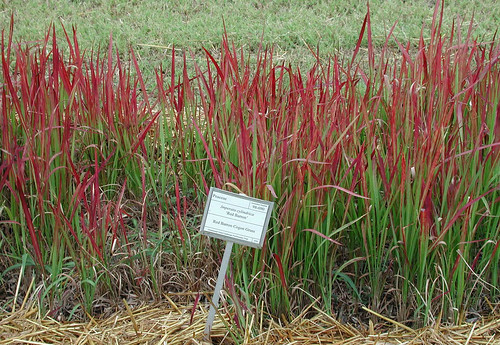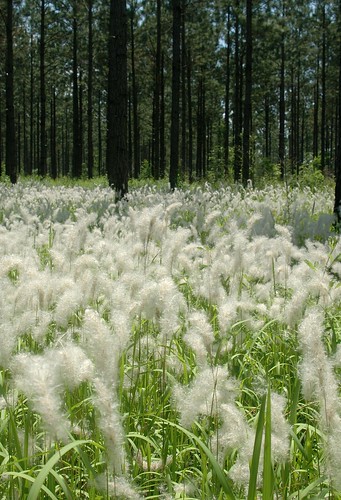
Cogongrass makes kudzu look like a lightweight. A perennial grass, it grows on every continent except Antarctica and has earned a reputation as one of the worst weeds on Earth. In the South, cogongrass ranks among the top 10 plant marauders, invading forests, rights-of-way, and agricultural fields, literally taking over the landscape and altering ecosystems.
Native to Southeast Asia, the weed first arrived in the United States in 1912 as packing material in orange crates imported to Grand Bay, Alabama. A few years later, farmers planted cogongrass in Mississippi as a possible forage crop. Since then, it’s spread to more than 66,000 acres throughout the South, its progress limited only by winter cold. Landowners and agencies have fought this weed for years with limited success.
Just why is it so successful at spreading? Could the answer lie in the plant’s genetic heritage?
A recent study by a U.S. Forest Service scientist and university collaborators used population genetics to better understand the phenomenally successful invasion of cogongrass in the South.
“We looked at patterns of genetic diversity and divergence in cogongrass in the areas in Mississippi and Alabama where the plant was believed to have been introduced,” said Rima Lucardi, lead author of the study and research ecologist with the Forest Service’s Southern Research Station Insects, Disease, and Invasive Plants unit.
Data from the genetics study supported previous observations that two major cogongrass lineages were introduced from differing parts of the grass’ native range in Southeast Asia. The researchers further found that those two original lineages of cogongrass have managed to spread throughout the Southeast, and may have benefitted from exchanges of genetic material in the two states—Alabama and Mississippi—where they predominate.
Researchers also found that cogongrass appears to rely more on sexual reproduction than previously thought, which can lead to increased genetic diversity, as opposed to asexual clonal propagation, which has been widely presumed to be the main way cogongrass reproduces and spreads.
“Our research suggests that the rapid expansion and persistence of cogongrass during the last century may be due to a combination of introduced diversity, the number and timing of individuals introduced, multiple reintroductions and reproductive flexibility in response to different environmental conditions,” said Lucardi. “Knowing more about the distribution of cogongrass’ genotypes could help with future management efforts, especially if we find out that management tactics affect the two groups differently.”
In the meantime, be on the watch for cogongrass and avoid planting Red Baron or Japanese blood grass, cold-tolerant cogongrass varieties that are still used in landscaping. Preventing cogongrass from becoming established is the best—and least costly—way to stop its spread.

